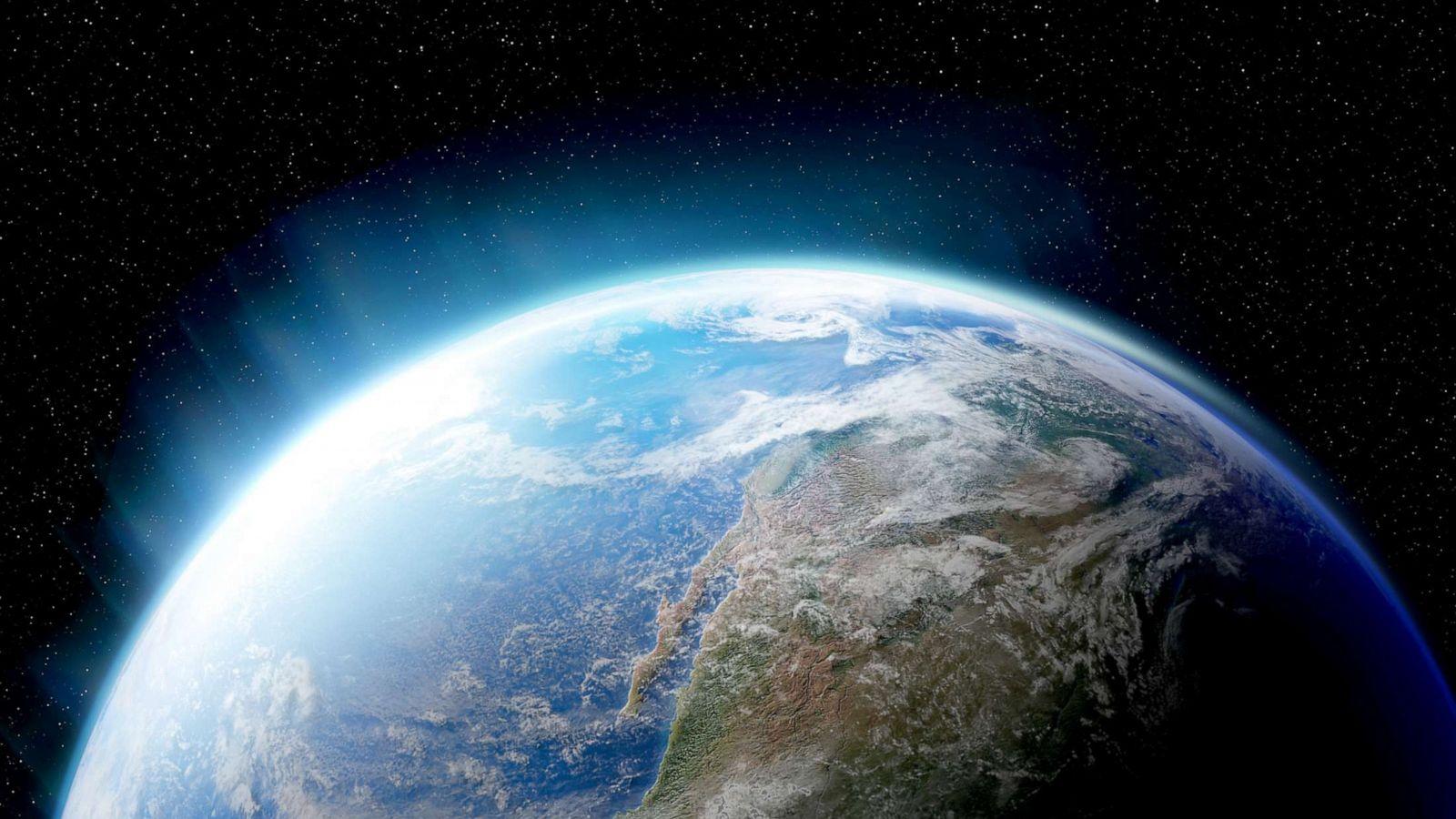
What Would Ben Franklin Do?
by Jocelyn Smerz
Blending Social Studies and Science with a focus on STEM principles. This lesson is one in a series of lessons examining Benjamin Franklin's contribution to science. Students learn about his inventions and how he used an evidence-based approach. In this lesson, students relate how he used mapping skills and scientific evidence to lead to his discovery of the Gulf Stream. Students will learn about the Gulf Stream and map its location. Students will design an experiment and create a thermometer as a tool Franklin would have used to gather evidence.
Lesson Plan Link/URL
https://docs.google.com/presentation/d/1Th4Rsv7JYvdrDnQF26nN1Ma_hU-1aaSm/edit?u…Subject Area
Science Earth and Space Science E1: Earth Systems Engineering S2: Apply the Engineering Design Process S4: Apply Science to Engineering English Language Arts (ELA) Reading (Informational Text) Speaking & Listening
Featured
Off
Related Content

Grades:
4th Grade, 5th Grade, 6th Grade
This lesson is part one of four lessons, which will culminate in the flight of drones built by the students. Lesson 1: SOAR focuses on social-emotional learning (SEL), noticing and wondering, and the

Grades:
4th Grade
In this 7 week unit, students will utilize resources around them to create a garden for a culminating taco party! Students will work on science, math, and ELA within the unit. Feel free to host this

Grades:
3rd Grade, 4th Grade, 5th Grade
In this set of lesson plans that go with the novel "A Song for a Whale" by Lynne Kelly, students will focus on glaciers. Activities include size of icebergs, melting glaciers and water levels, along

